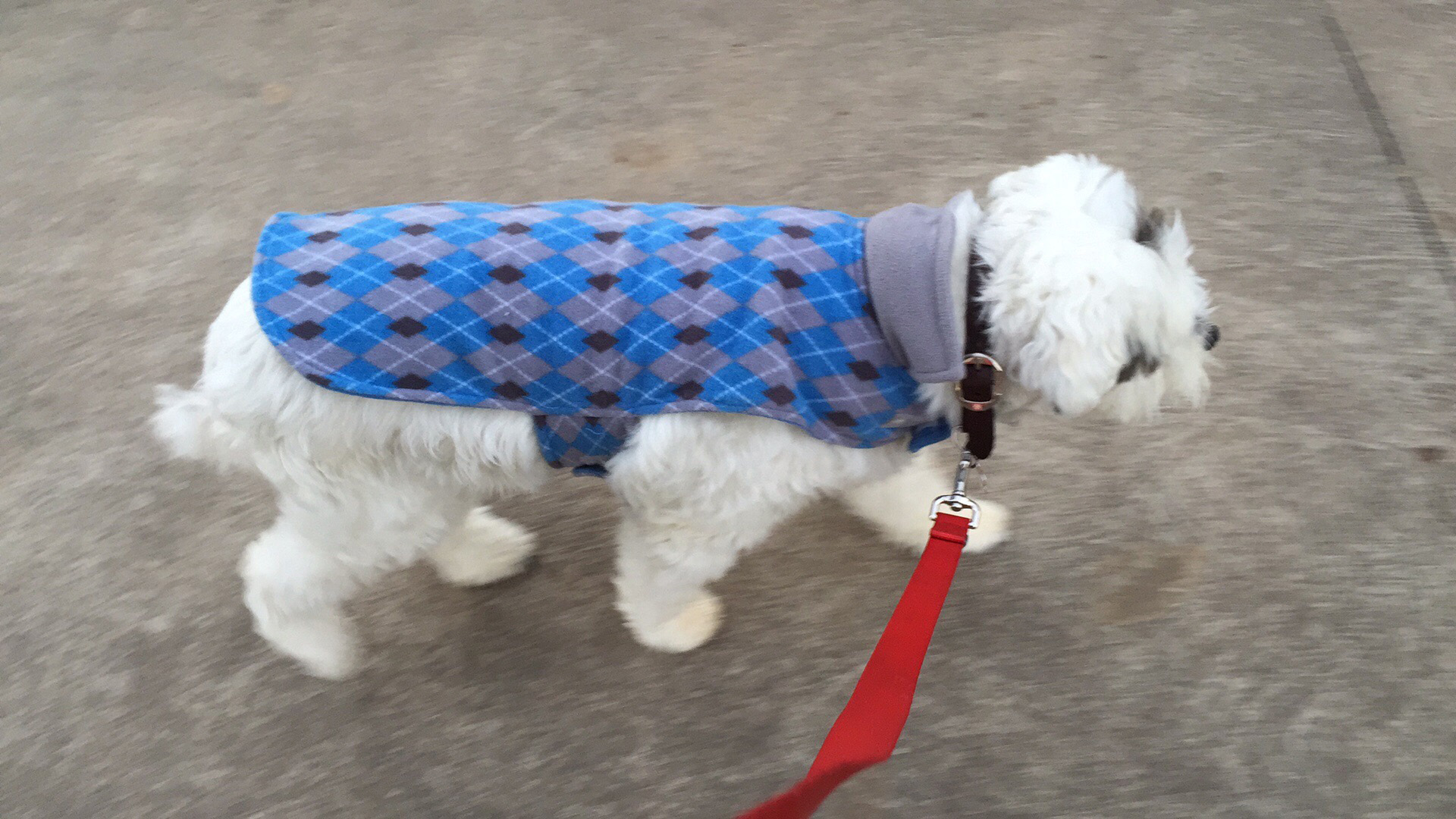Canine Gout
Canine Gout - Your Dog can suffer too.

Canine Gout is a rare form of Gout and it is often diagnosed as calcium circumscripta
( calcium Gout ) or calcium pyrophosphate-dehydrate disease, which is a chalky liquid that can ooze from a dogs paws or from surgical interference.
It can also appear as lesions on the paws of larger dogs.
There are of treatments of hepatic support diet ( Liver support diet ) and treatment with colchicine
( which can kill a dog if they eat the human version )
The most common treatment other than dietary changes is the use of allopurinol, and strangely enough a low purine diet change for a dog can help stop them getting a xanthine bladder stone.
Additional dietary help should include whole grain cereals with no yeast.
There are side effects of allopurinol on dogs such as nausea, cramping, diarrhea and general upset stomach.
Also a fatty acid diet with raw egg yolks added can help dramatically.
Another treatment can be using charcoal adsorbent material ( Kremezin ) to help metabolism problems .

This form of Gout can appear as lesions and ulceration and can also be
linked to animal diabetes and kidney disease.
This is also similar to Human Gout, in the fact that it can be genetically passed down in the breed. This form of Gout appears in mainly large breeds of dogs such as :
Dalmatians. A large percentage of Dalmatians are unable to convert uric acid into allantoin. The Dalmatian liver cells cannot absorb uric acid hence they cannot urinate it out. This then leads to uric acid stone formations which are then uric acid bladder stones. This affects more male dalmatians than females have stone problems due to their extra urethral additions. The average age of a Gout affected Dalmatian is around the 4.5 year old dog. Keep your Dalmatian off Vitamin B supplements as they are high in purine formation and brewers yeast products. Also keep them off any Vitamin C products as this can also cause over production of acidity and increase chances of stones forming.
German Shepherds ( somehow Canine Gout is linked to Hip Dysplasia , which is occurs in German Shepherds more commonly than most other dog breeds. )
Irish Wolfhounds
, English
Pointers
, Rottweilers,
Labrador retrievers are all susceptible.
Canine Gout appears mainly in the paws and toes, but can also appear in the elbows, the neck area and even on the tongue. It is most common on the hind feet. The use of medicine to reduce the calcified deposits does take time to heal, whilst surgery cutting out the whole lesion shows that the deposit does not come back to this area and heals much faster. These lesions are seem as a granular type of lesion with various sized fibrous tissue surrounding. Studies are now showing that very diluted amounts of Apple Cider Vinegar in a dogs food and water does help alleviate Canine gout over a period of time and lowers the ph levels which is a huge benefit.
The use of Emu oil from Australia also seems to help reduce
swelling, but check with your vet before going ahead with this form of
inflammation reduction.
Whilst studying Canine Gout I have just come
across a product that may help and it is unusual..
Cherry Hip Bones for
Dogs?...sold on Amazon. Click here for a Canine Health Amazon Store that has the
Cherry Hip bones and other helpful products for your animal.
Signs
to look for to see if your dog has Gout or Stones:
Lumps and bleeding in the paw / toe area
Chalky white substance oozing out of lesions
Bloody urine
frequent urinating in small amounts
Gritty urine
Lumps on the neck ( could be cysts ) but best to be watched.
General unhappy dog
Always make sure if you see something
that is not normal with your animal then take it to the vet straight
away.
Early warning signs are always present if you have a sick
dog.
Find them early. Fix them early.


Recent Articles
-
Tony
May 08, 24 08:57 PM
Hi Peter, I am a physician, had my first Gout episode last week. I was surfing through the web and happened to come across your site. I am impressed by -
What is it about Cherries?
Aug 25, 21 03:59 AM
Allopurinol worked for me, but at the expense of adversely affecting my mood.I like cherries, but getting them every day of the year is a problem.I wondered -
ACV made my gout worse...
Apr 22, 20 07:19 AM
During my first gout attack, I was in so much pain that I desperately scoured the internet for alternative cures as the colchicine that I was prescribed


